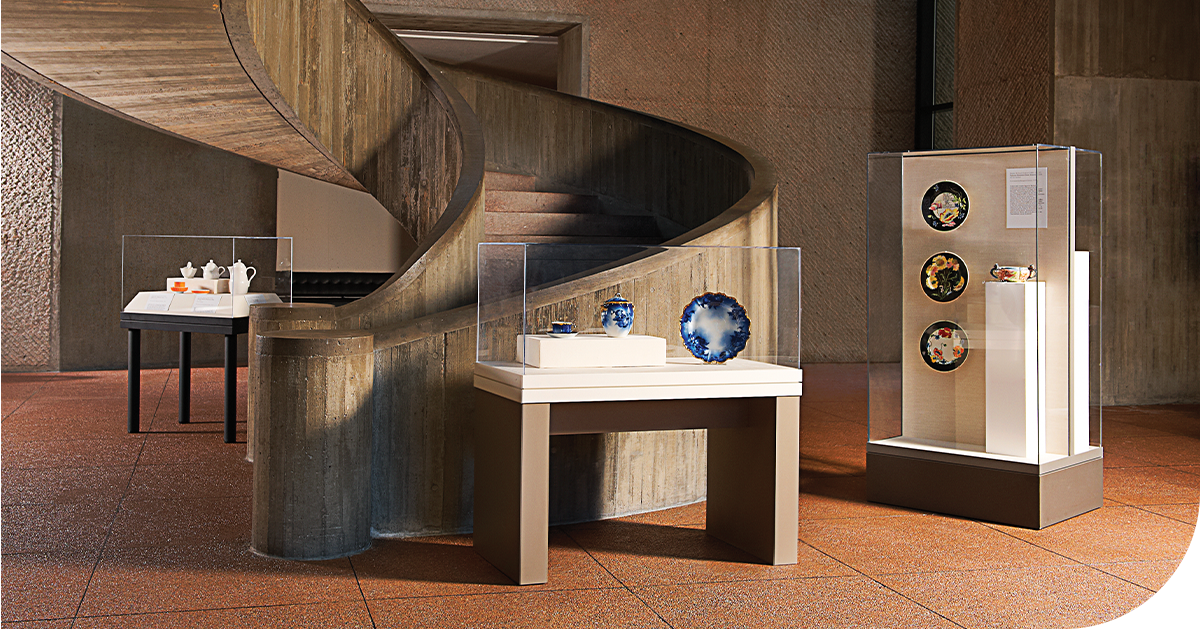Exhibit cases are important to preserving and displaying valuable artifacts, but maintaining the right environmental conditions within the case is equally important. Silica gel is a commonly used desiccant to control humidity and can help prevent damage to items on display. We'll walk you through how to determine how much silica gel your exhibit case needs to maintain the ideal environmental conditions.
1. Calculate the Volume
Start by measuring the internal volume of the exhibit space. You'll want to measure the length, width and height of the interior of the exhibit case. Then you'll use the formula for the volume of a rectangular or cubic space. For a rectangular case, the formula is Volume = Length x Width x Height. Make sure to use the same units for all measurements.
2. Consider Object Requirements
Different materials react differently at different humidity levels. Take note of the materials used in the objects you plan to display, especially those prone to damage from moisture. Some materials may expand or contract, warp, crack or develop mold when exposed to excessive moisture.
Remember that objects displayed together may have different requirements and you'll need to find a middle ground. For example, if you have a combination of paper documents and metal artifacts, finding a balance in humidity levels is essential to prevent adverse reactions.
3. Determine Ideal Relative Humidity (RH)
Decide on the target relative humidity level for your exhibit case. Museums and storage spaces often shoot for specific RH levels, typically around 40-50%.
4. Use a Silica Gel Calculator
Once you know your target humidity level, you can use a Silica Gel Calculator to calculate the weight of silica gel needed to maintain your ideal microclimate in your case. The calculator should take into account your case's daily exchange rate, the tolerance in your target RH, and how many days you plan between accessing the case.
5. Factor in Environmental Influence
You will want to consider how the efficiency of your HVAC system and your area's seasonal weather changes will affect the conditions in the exhibition location. If you are in an area that has very humid summers and your HVAC is less than efficient, you may need more silica gel or to change it more often to maintain a stable environment within the exhibit case.
6. Monitor & Adjust
Monitoring and adjusting humidity levels within the exhibit case is crucial to ensuring the safety of your objects on display. Because temperature and RH are so closely tied, most devices will monitor both.
You'll want to implement a regular schedule for checking the readings from your monitoring device. How often you need to check the readings will depend on the sensitivity of the artifacts and the stability of your exhibit environment. If your readings regularly fall outside your range, you'll want to consider adjusting the amount of silica gel in your exhibit case. Increasing the quantity of silica gel can absorb excess moisture while reducing it allows for a gradual increase in humidity.
7. Seek Professional Advice
For exhibits containing particularly valuable or sensitive items, it's advisable to consult with preservation professionals or conservators. Their expertise can provide specific recommendations based on the unique characteristics of the artifacts. You can locate a conservator in your area using AIC's Find a Conservator tool.
For more information:
- Temperature & Relative Humidity for Exhibits from the AIC Wiki
- Setting Relative Humidity (RH) Parameters from the AIC Wiki
- Temperature & Relative Humidity from the American Museum of Natural History
- Comparing Temperature & Relative Humidity Dataloggers for Museum Monitoring from the National Park Service
- Conditioning Silica Gel from the AIC Wiki
- Simplified Procedures for Reconditioning Silica Gel by Steven Weintraub







